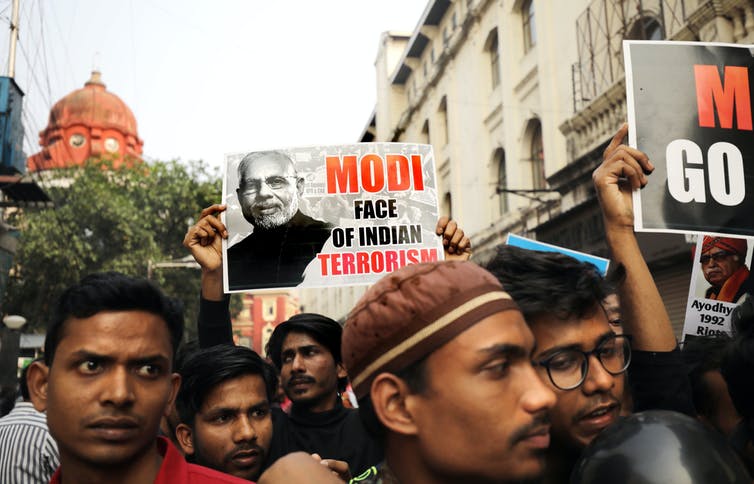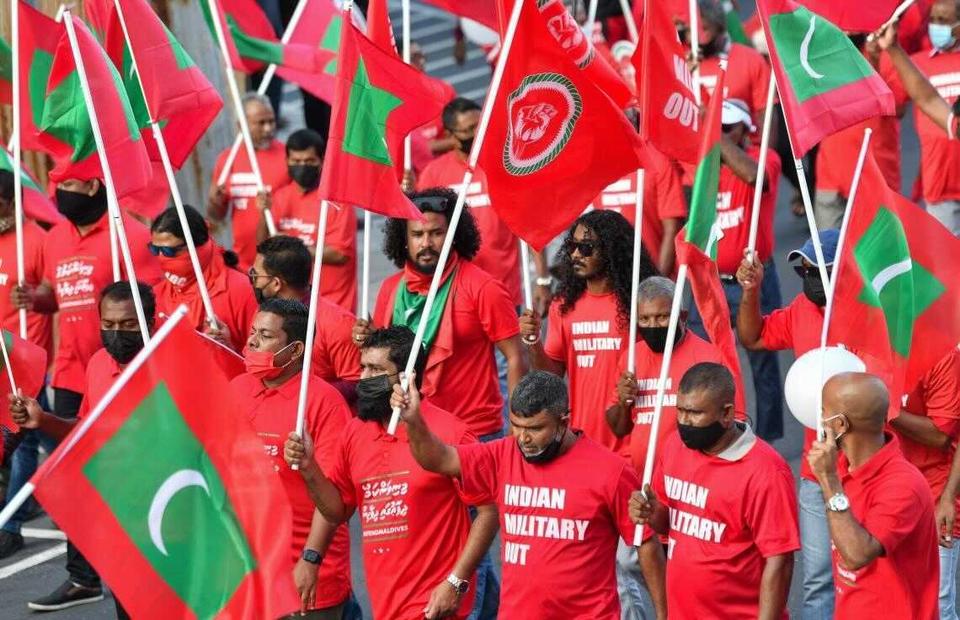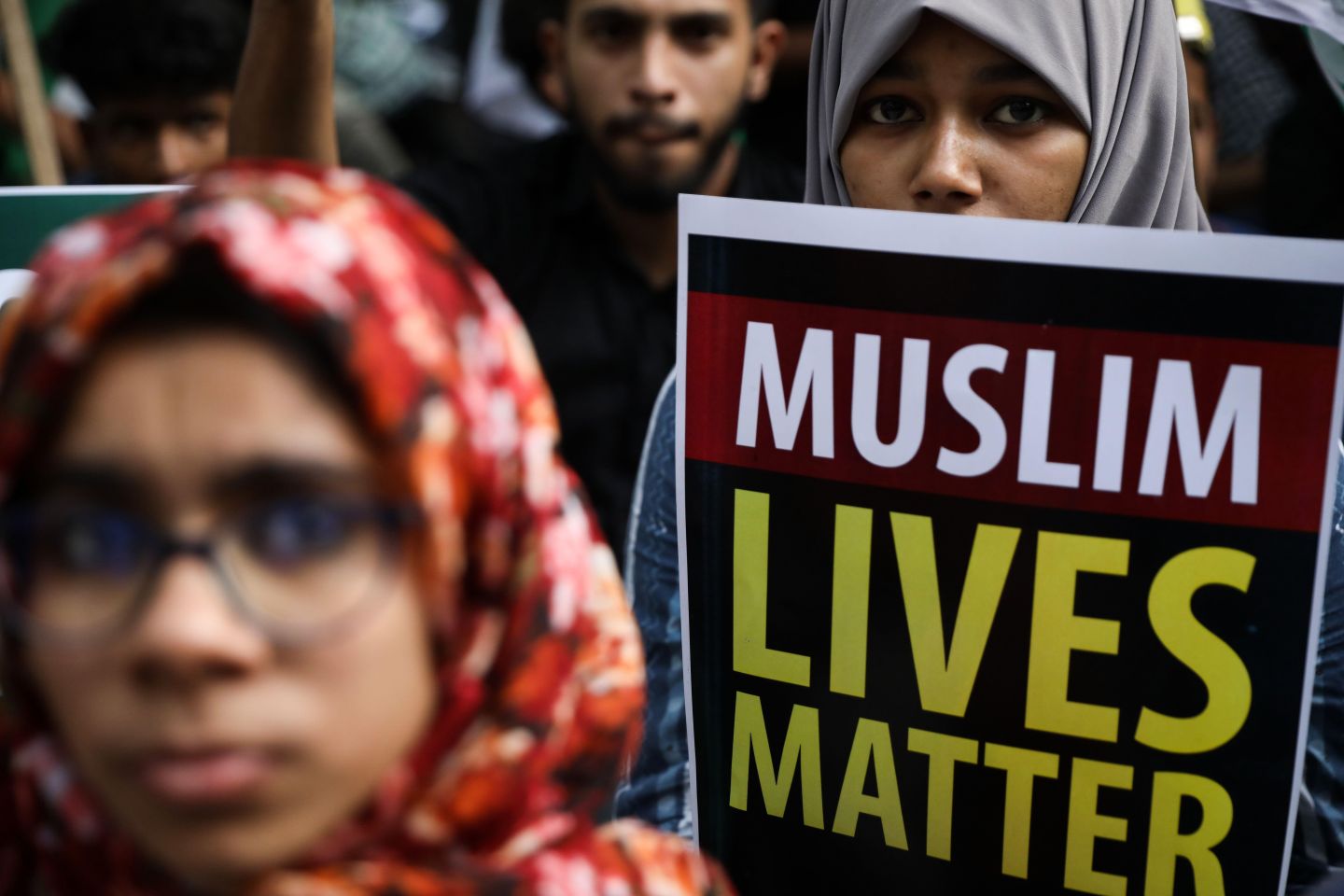
New Delhi: In February 2020, India’s capital, New Delhi, experienced its worst communal violence targeting a religious minority in more than 30 years. The death toll currently stands at 43 and parts of northeast Delhi remain under lock-down.
As per usual after incidents of violence against minorities in India, Prime Minister Narendra Modi responded with days of silence. Finally commenting on Twitter, he said, “peace and harmony are central to our ethos” and appealed for “peace and brotherhood at all times”.
But under Modi, India’s ethos is Hindu, and peace and brotherhood requires religious minorities to know their place. It is this sort of Hindu nationalism that led to the attacks on Muslims, their homes, schools and their places of worship.
Modi was elected in 2014 on the promise he would bring his “Gujarat model” of high growth rates driven by private-sector-led manufacturing to national prominence.
But the Gujarat model also involved the promotion of a vicious right-wing populist politics, which sought to create and elevate a Hindu majority out of a socially and economically diverse population to act as a voting bloc for Modi’s Bharatiya Janata Party (BJP).
This strategy relied on the creation of a common enemy in Muslims and secular liberals. It involved the strategic use of violence to polarise communities in areas where the BJP faced the most electoral competition.
Critics warned that although Modi had seemingly adopted a technocratic focus on governance and development during the election campaign, his right-wing populist politics of division bubbled just below the surface and would be unleashed if the BJP came to power.
Muslims and Dalits have been the targets of lynchings by Hindu activists in the name of protecting cows, a long-standing Hindu nationalist preoccupation.
University students, activists, opposition politicians and protestors who challenge the government have been charged with sedition or incitement to violence.
Yogi Adityanath, a militant Hindu monk, was also appointed as chief minister of India’s largest state, Uttar Pradesh.
Since being reelected in May with an even bigger majority, the Modi government has claimed a mandate to fulfil long-standing Hindu nationalist demands to further marginalise minorities in India.
The Citizenship Amendment Act was one of these demands. The act violates the non-discriminatory spirit of India’s constitution by allowing persecuted Hindus, Parsis, Jains, Buddhists, Sikhs and Christians from Bangladesh, Pakistan and Afghanistan – but not persecuted Muslims – a fast-tracked route to citizenship.
Modi’s government has also promised a National Register of Citizens that will require Indians to provide documentary evidence of their citizenship.
A version of this exercise was conducted in the state of Assam, with disastrous effects. About 1.9 million Assamese were declared non-citizens and will now have to go through a long appeals process in special courts that function poorly.
Human rights groups have called the proposed NRC an anti-poor measure. Indian Muslims fear the government will also rob them of their citizenship and constitutional rights.
The joint CAA-NRC agenda of the Modi government has stirred millions of Indians into peaceful protests around the country, showcasing a spirit of collective resistance not witnessed since India’s independence movement in the 1940s.
The most powerful protests have been led by Muslim women – a first in Indian history – in Delhi’s Shaheen Bagh area. The protesters have occupied a public space here for two and a half months, braving the bitter cold of northern Indian winters. Shaheen Bagh has also inspired over a hundred other women-led permanent protests around India. The Conversation


